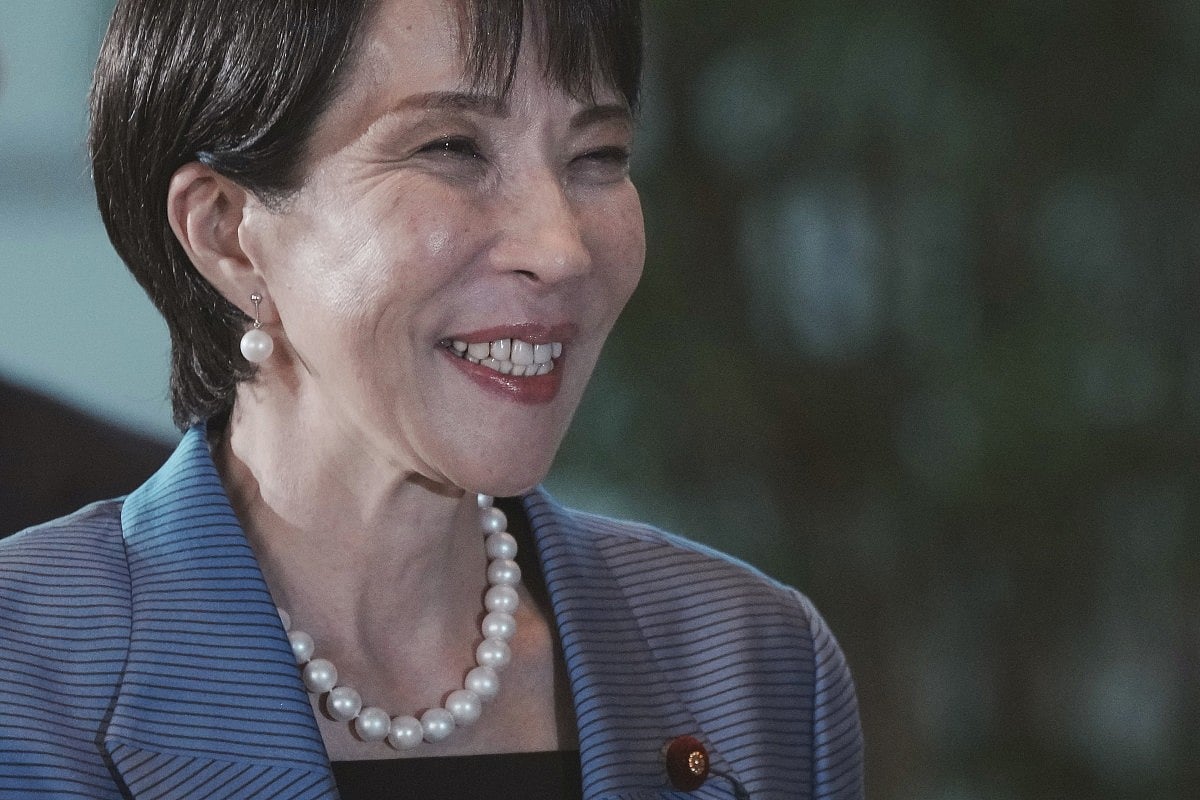Who is Sanae Takaichi, Japan’s first woman prime minister?
A Thatcher admirer, she blends conservative convictions with echoes of mentor Shinzo Abe

Sanae Takaichi, a staunch conservative known for her hardline views and admiration for Margaret Thatcher, has become Japan’s first female prime minister — a milestone that analysts say is more about ideology than gender reform. The 64-year-old lawmaker took office on Tuesday after winning the leadership of the ruling Liberal Democratic Party (LDP) earlier this month and securing a late coalition deal to command a parliamentary majority.
A veteran politician from Nara in western Japan, Takaichi represents both continuity and disruption. She inherits an LDP struggling with falling public support, inflation, and a slush fund scandal that has eroded its once-dominant base. Her rise marks Japan’s fifth change in leadership in as many years, underscoring the political volatility that has defined recent governments.
From heavy metal to high office
Once a drummer in a college heavy metal band, Takaichi has built a career around themes of economic security, defence, and social conservatism. A former economic security minister and a vocal critic of China’s growing military presence, she has pledged to strengthen Japan’s defence posture while reviving the domestic economy. She has been a frequent visitor to the Yasukuni Shrine, a controversial site honouring Japan’s war dead including convicted war criminals, though she notably skipped a recent ceremony, signalling a more cautious diplomatic approach.
‘Iron Lady’ influence
Her political idol, Britain’s late prime minister Margaret Thatcher, has shaped both her style and image. Supporters see her as Japan’s “Iron Lady 2.0” — a disciplined, uncompromising leader who prizes national strength and self-reliance. Yet her views on social issues remain deeply traditional. Takaichi opposes revising Japan’s 19th-century civil code that forces married couples to share a surname, a rule that overwhelmingly affects women. She also supports the male-only line of succession in the imperial family.
Gender parity promises
Despite her conservative stance, Takaichi has promised to improve the gender balance in her cabinet, pledging “Nordic” levels of female representation, up from just two women under her predecessor, Shigeru Ishiba. Japan ranks 118th out of 148 countries in the World Economic Forum’s 2025 Gender Gap Report, reflecting a lack of women in politics and corporate leadership. During her campaign, she also spoke candidly about her own experience with menopause, saying she hoped to raise awareness of women’s health issues.
‘Sanaenomics’ and market optimism
Economically, Takaichi’s approach — dubbed “Sanaenomics” — signals a return to the policies of her late mentor Shinzo Abe. She favours aggressive monetary easing and higher government spending to spur growth, despite concerns about Japan’s ballooning public debt. Her stance has buoyed investor sentiment, with Tokyo’s benchmark Nikkei index nearing record highs on expectations of continued market-friendly policies.
Challenges at home and abroad
Still, she faces daunting challenges. Inflation has hovered above the central bank’s 2% target, wages remain stagnant, and the yen’s weakness has driven up import costs. Japan’s shrinking and aging population continues to strain labour markets and long-term growth prospects. Takaichi has floated tax incentives for companies that provide childcare and family support, but has offered few details on broader demographic reforms.
On foreign policy, Takaichi has long taken a hawkish line on China but has softened her tone since taking office. She has reaffirmed Japan’s alliance with the United States and will host President Donald Trump later this week, amid ongoing trade negotiations and Washington’s calls for Tokyo to reduce energy imports from Russia and raise defense spending. Her government, formed in coalition with the right-leaning Japan Innovation Party, will be a minority in both houses of parliament, making it dependent on cross-party cooperation to pass legislation.
A symbolic but cautious breakthrough
Takaichi’s elevation is historic but symbolically complex. For some Japanese women, her rise represents a long-overdue breakthrough in a male-dominated political culture. For others, her conservative values offer little promise of change. As she begins her tenure, the new prime minister faces the delicate task of balancing her ideological convictions with the demands of a restless electorate — and of proving that Japan’s first woman at the helm can also be its most durable leader in years.
Sign up for the Daily Briefing
Get the latest news and updates straight to your inbox
Network Links
GN StoreDownload our app
© Al Nisr Publishing LLC 2025. All rights reserved.
